A few days ago we published an article explaining the assimilations in the French classification. A post that made you react since quite a few of you on social networks commented on these assimilations. For some of you, they are completely normal, for others they have no reason to be and should simply be abandoned. We take stock of the arguments of the two “camps”.
Certain facilities for good level tennis players
The assimilations of tennis players were introduced by the French Tennis Federation some time ago to respond to a general complaint from players in the amateur world. Indeed, those who participated in the less competitive tournaments were tired of coming across former or current good tennis players whose level of play did not reflect the ranking at all. Who has never lost against a tennis player who almost never plays in tournaments but who is capable of playing at a very decent level?
The examples are numerous, and they do not only concern low level tournaments. We could see it in Bordeaux with the former tennis player Émilie Loit (44 years old), assimilated 150, who was able to win the P1000 of 4Padel with Marie Lefèvre, notably offering herself the luxury of dominating players who have worn the jersey of the French team padel a year ago... Imagine the gap that there would have been between Émilie's level and her ranking if she had not benefited from assimilation!
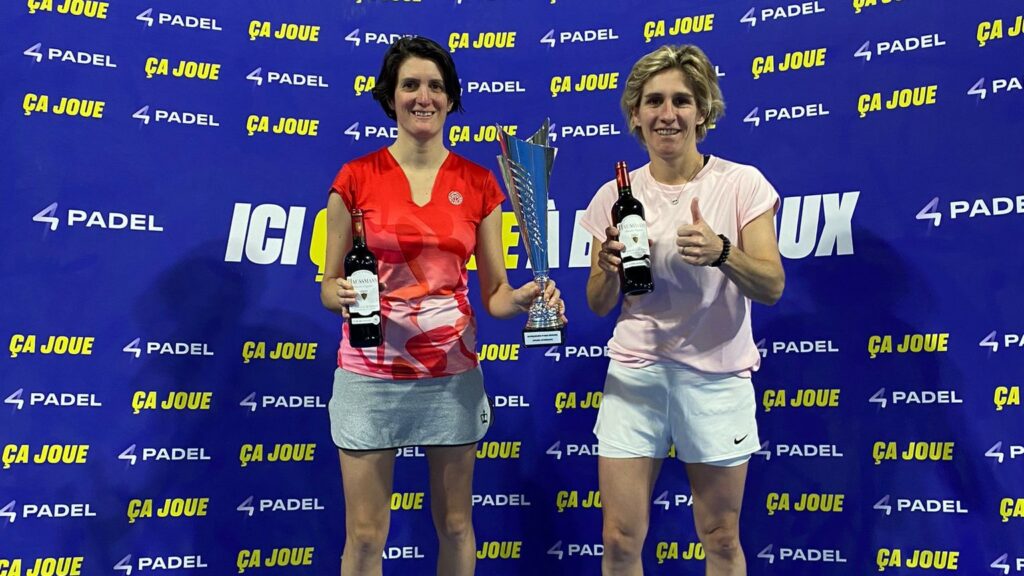
Even at the international level, we have the example of Patrick Rafter, who at 52 years old and with barely a year of padel in the legs was able to achieve an easy victory with his partner Justin Thomas, who was playing his first international tournament there, against the 5 seed of the FIP Promotion of Melbourne Tomita (435) / Igarashi (1301). Final score 6/3 6/1 for the Australians, who show that being part of the world Top 500 and having been playing for years doesn't mean much in such a new sport...
If these arguments have not convinced you, you can look at the French tennis rankings and you will see that many players have played in the second series or better in the Top 100. It must be said that a good or high level tennis player will have years of technical and tactical work behind him, sometimes with good physical condition, but above all learning facilities which will allow him to very quickly be better than amateurs who do not have the same experience. Hence the idea of assimilating, in order to avoid distorting the level of small-level tournaments and to allow those who only compete a little to face opponents of their size.
Le padel and tennis: two different sports
Looking at the arguments in favor of assimilations, you wonder what could possibly be left for those who are against it. You will realize that everything is not that simple.
We have clearly seen that a good tennis player does not start from scratch when he picks up a tennis racket for the first time. padel, but does that make him an experienced player? Not really. Indeed, there are many examples of tennis players who had a lot of difficulty during their first tennis sessions. padel. To return to Pat Rafter, the former number 1 at the ATP himself recognizes that he was “pretty bad at first”. So why would a “pretty bad” player be entitled to an automatic ranking?
Certainly the high-level tennis player will progress faster than the average amateur, the Australian does not hide it: “I quickly learned the basics”. But clearly, today a good level tennis player who takes his first steps in the 20x10 tournament already has a better ranking than seasoned amateurs... Which does not go down well with some...
Furthermore, the padel and tennis, although they are under the aegis of the same federation in France, are two different sports. If our sport is quite new in France, and there are numerous examples of tennis players who after a few sessions are stronger than people who have been practicing the activity for years, do we not discredit the sport? padel by estimating that a tennis player who has never played there is already better than most French competitors?
If a player is really strong, does he really need assimilation, why not simply prove his level on the pitch? By removing the assimilations, we would perhaps force certain players to play more tournaments, in order to find a ranking more reflecting their level of play. We can also think that specialists in squash, badminton, beach tennis or even Basque pelota also have some facilities at padel not compared to real beginners in racquet sports. However, they do not have the right to assimilation...
You see that the subject is quite complex and interesting, and far from being as simple as it seems. So now it's up to you to tell us, are you for or against the assimilation of tennis players to padel ?
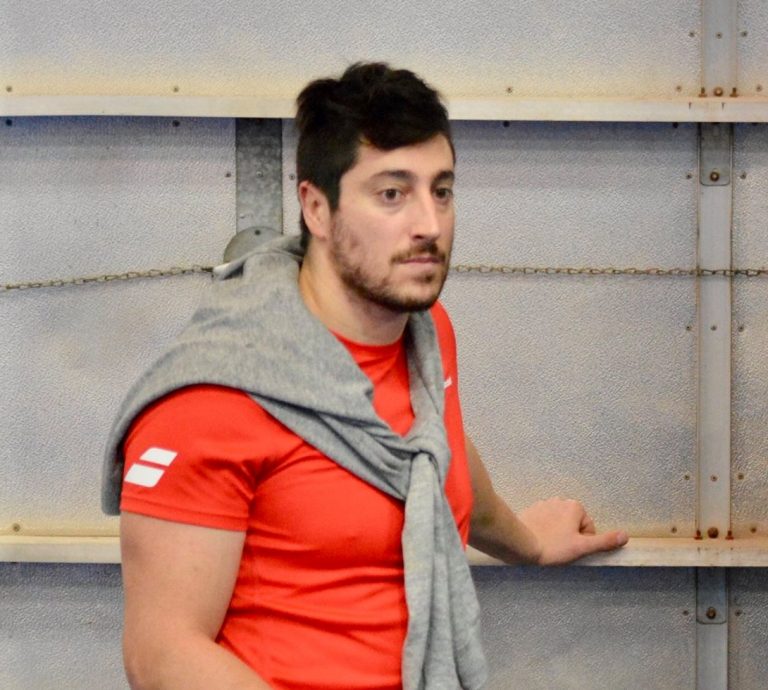
Xan is a fan of padel. But also rugby! And his posts are just as punchy. Physical trainer of several padel, he unearths atypical posts or deals with topical subjects. It also gives you some tips to develop your physique for the padel. Clearly, he imposes his offensive style as on the field of padel !




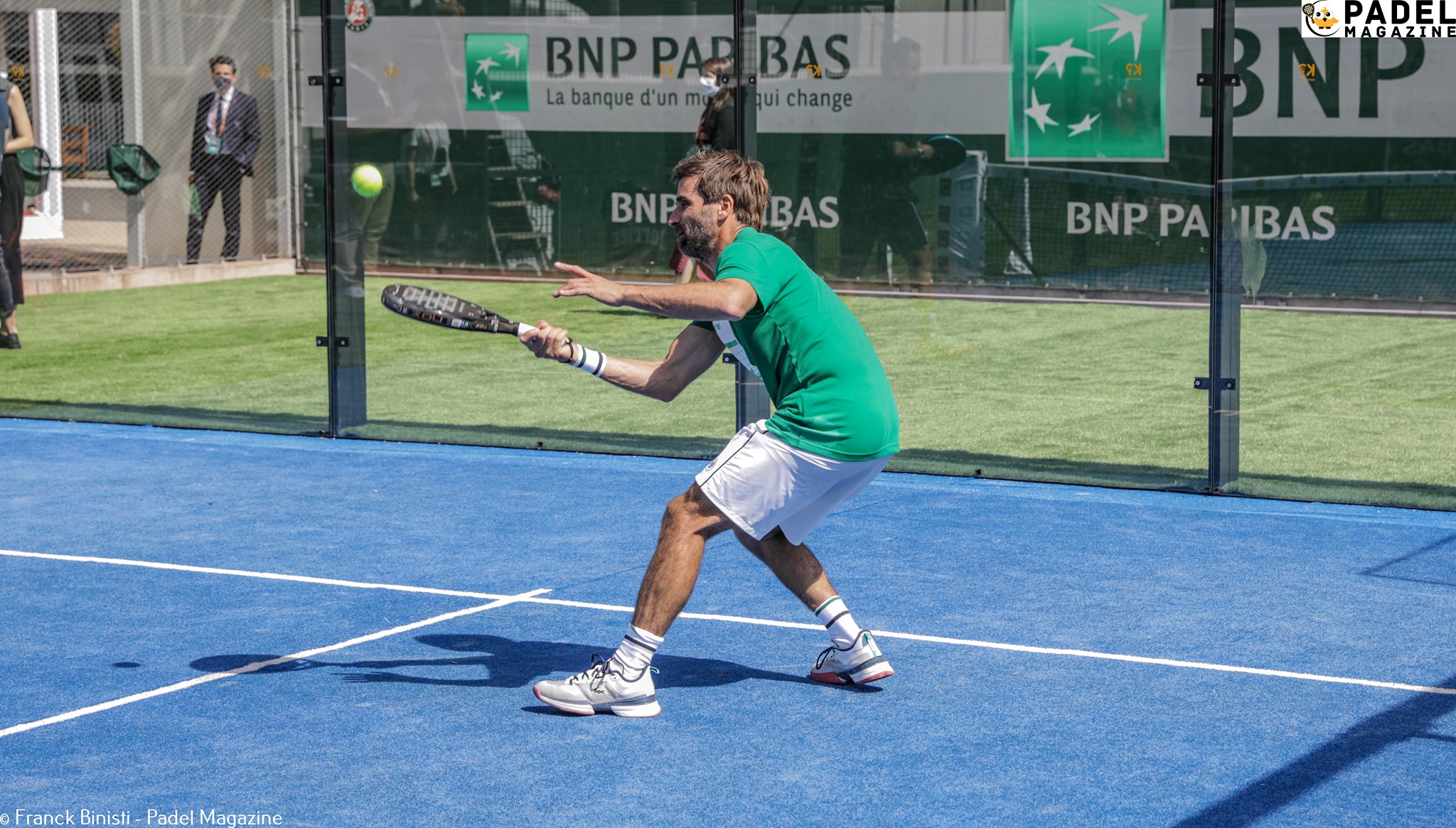
































































































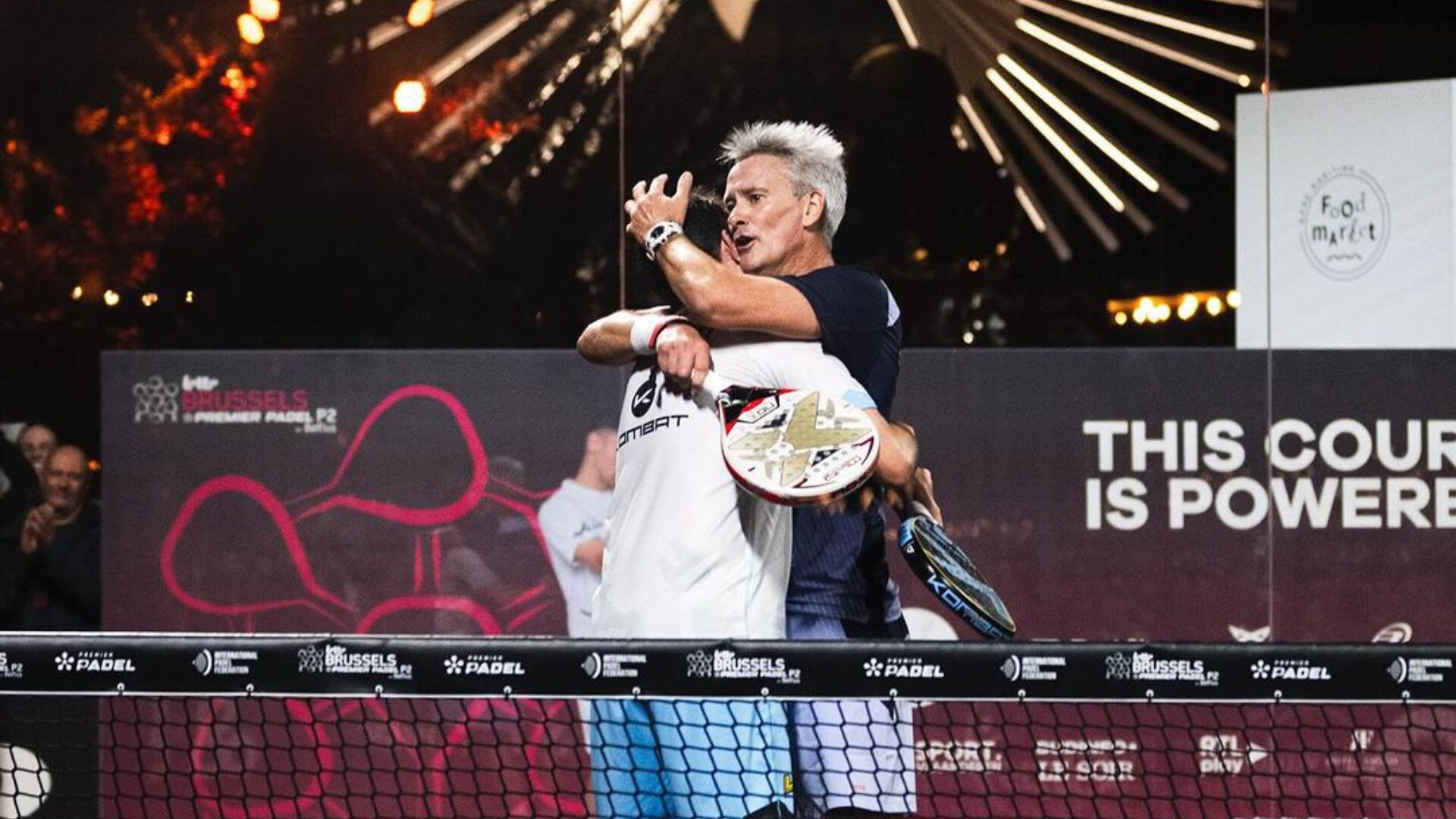 Big evening in Brussels with two seeded players on the mat, heckled number 1s…
Big evening in Brussels with two seeded players on the mat, heckled number 1s… A1 Padel – the French Open replaces the Mexican Open on the calendar
A1 Padel – the French Open replaces the Mexican Open on the calendar 4 Fiberglass Padel Courts for The Ville de Paris: a choice that looks to the future
4 Fiberglass Padel Courts for The Ville de Paris: a choice that looks to the future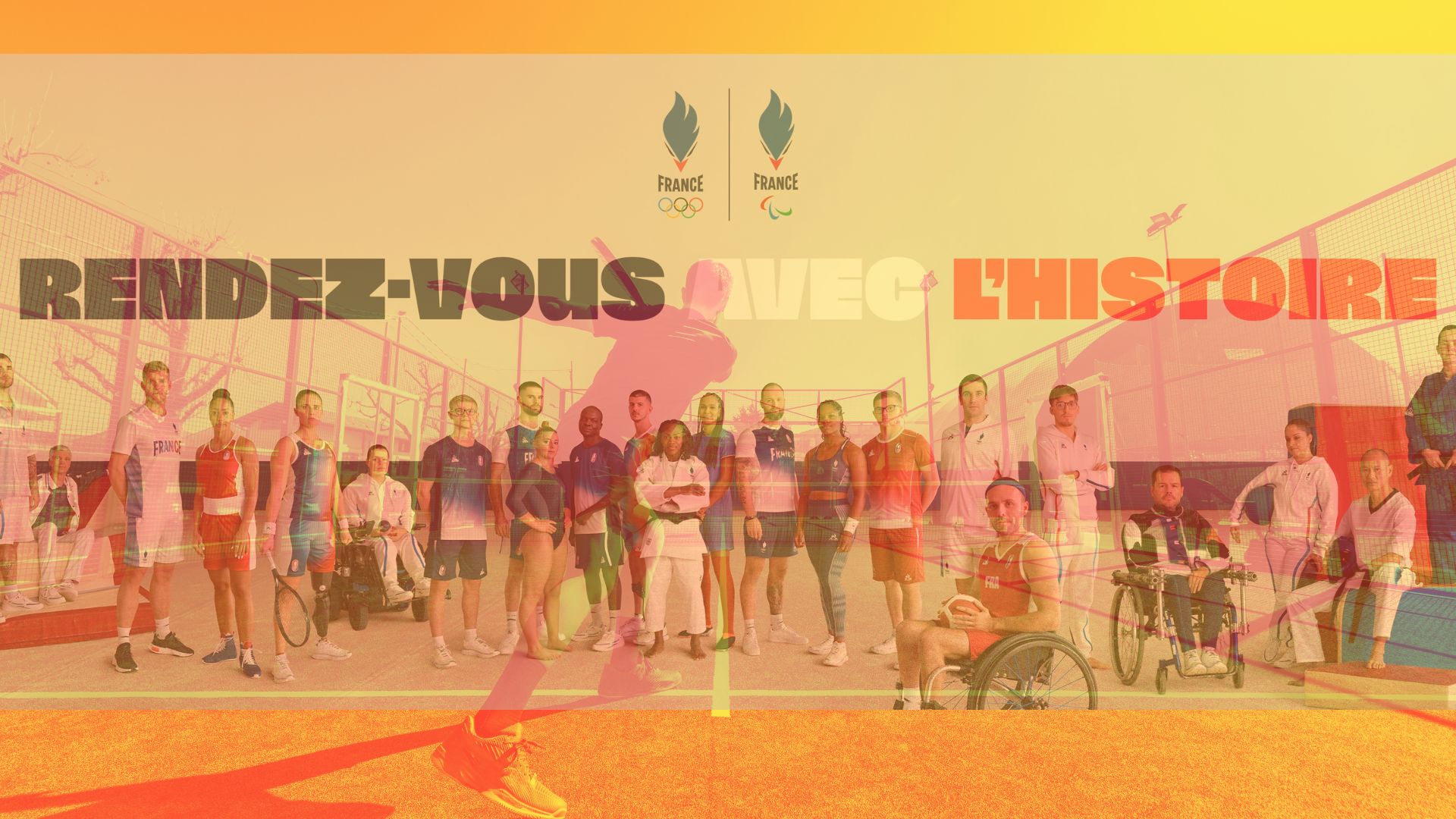 Olympic Games: Club France will have its 4 tracks padel !
Olympic Games: Club France will have its 4 tracks padel ! Guillaume Codron de Sud Padel : “A family project”
Guillaume Codron de Sud Padel : “A family project” Nallé Grinda: “Democratize the padel in the USA with PadelX "
Nallé Grinda: “Democratize the padel in the USA with PadelX " Simon Boissé: “We know that there are two nations in front of us”
Simon Boissé: “We know that there are two nations in front of us” Marie Maligo: “This period of frequent changes of partners was beneficial for me”
Marie Maligo: “This period of frequent changes of partners was beneficial for me” Gilles Moretton: “We will be able to put the padel at the level of tennis”
Gilles Moretton: “We will be able to put the padel at the level of tennis” Two P1000 doubled prize money approaching!
Two P1000 doubled prize money approaching! José Manuel Escin at the inauguration of Casa Padel DOS: “Finally, and thank you!”
José Manuel Escin at the inauguration of Casa Padel DOS: “Finally, and thank you!”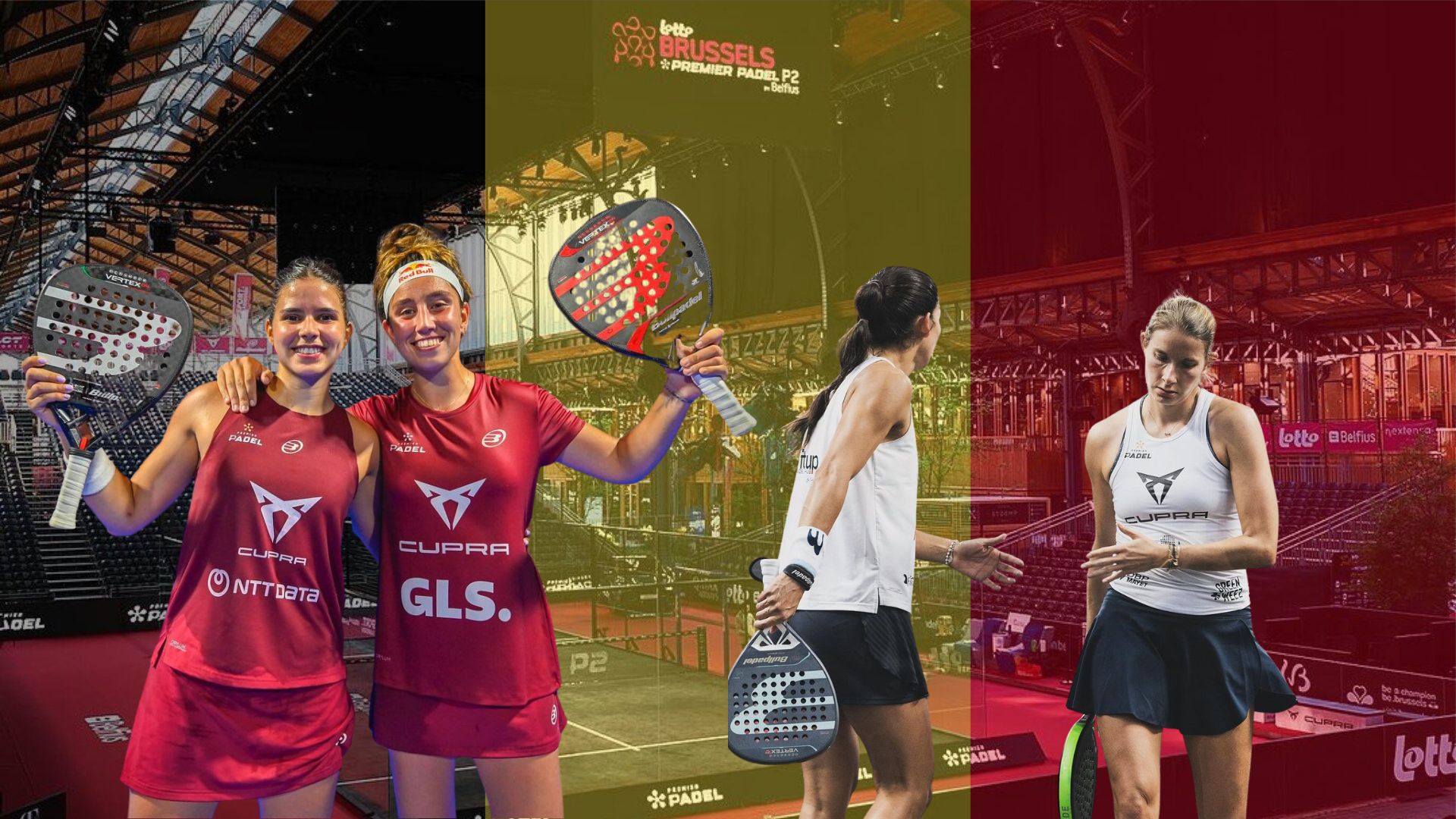 Brussels Premier Padel Brussels P2 – Collombon / Bidahorria falls against Brea / Gonzalez
Brussels Premier Padel Brussels P2 – Collombon / Bidahorria falls against Brea / Gonzalez Padel Score comes to Tahiti for American Express Padel Cup!
Padel Score comes to Tahiti for American Express Padel Cup! Do you know the Rafa Nadal Academy Tour?
Do you know the Rafa Nadal Academy Tour? Play at padel on his yacht? Possible for €233.000!
Play at padel on his yacht? Possible for €233.000! Our Top 10 training courses padel in France and Europe
Our Top 10 training courses padel in France and Europe At the heart of padel – Episode 25: Paul and Andoni answer your questions
At the heart of padel – Episode 25: Paul and Andoni answer your questions Tactical padel – What to do when faced with players who systematically stay at the bottom?
Tactical padel – What to do when faced with players who systematically stay at the bottom? The basic tactics of padel
The basic tactics of padel At the heart of padel – Episode 25: Paul and Andoni answer your questions
At the heart of padel – Episode 25: Paul and Andoni answer your questions At the heart of padel – Episode 23: defend the window well
At the heart of padel – Episode 23: defend the window well Prohibition on playing topless Padel : the reasons
Prohibition on playing topless Padel : the reasons FIP Tour – Going far from Europe, THE strategy to earn points!
FIP Tour – Going far from Europe, THE strategy to earn points! What is a good football player? padel ?
What is a good football player? padel ? “Lefties give me headaches when I play against them!”
“Lefties give me headaches when I play against them!” At the heart of padel – Episode 14: how to earn points in winter?
At the heart of padel – Episode 14: how to earn points in winter? A par 4 is always a winner...even if you manage to defend it!
A par 4 is always a winner...even if you manage to defend it! Carbon fiber VS fiberglass: what to choose?
Carbon fiber VS fiberglass: what to choose? How to effectively test a racket padel ?
How to effectively test a racket padel ? La padel to fight Parkinson's disease
La padel to fight Parkinson's disease Don't play with a cracked or broken racket, your body will thank you!
Don't play with a cracked or broken racket, your body will thank you! Michel Cymes: “The padel, physically, it’s serious!”
Michel Cymes: “The padel, physically, it’s serious!” Jeremy Gala: “Promote the padel among young people in Belgium remains a challenge”
Jeremy Gala: “Promote the padel among young people in Belgium remains a challenge” The French Touch Academy organizes its selection day Padel-Study
The French Touch Academy organizes its selection day Padel-Study Report on the detection and training of younger generations
Report on the detection and training of younger generations